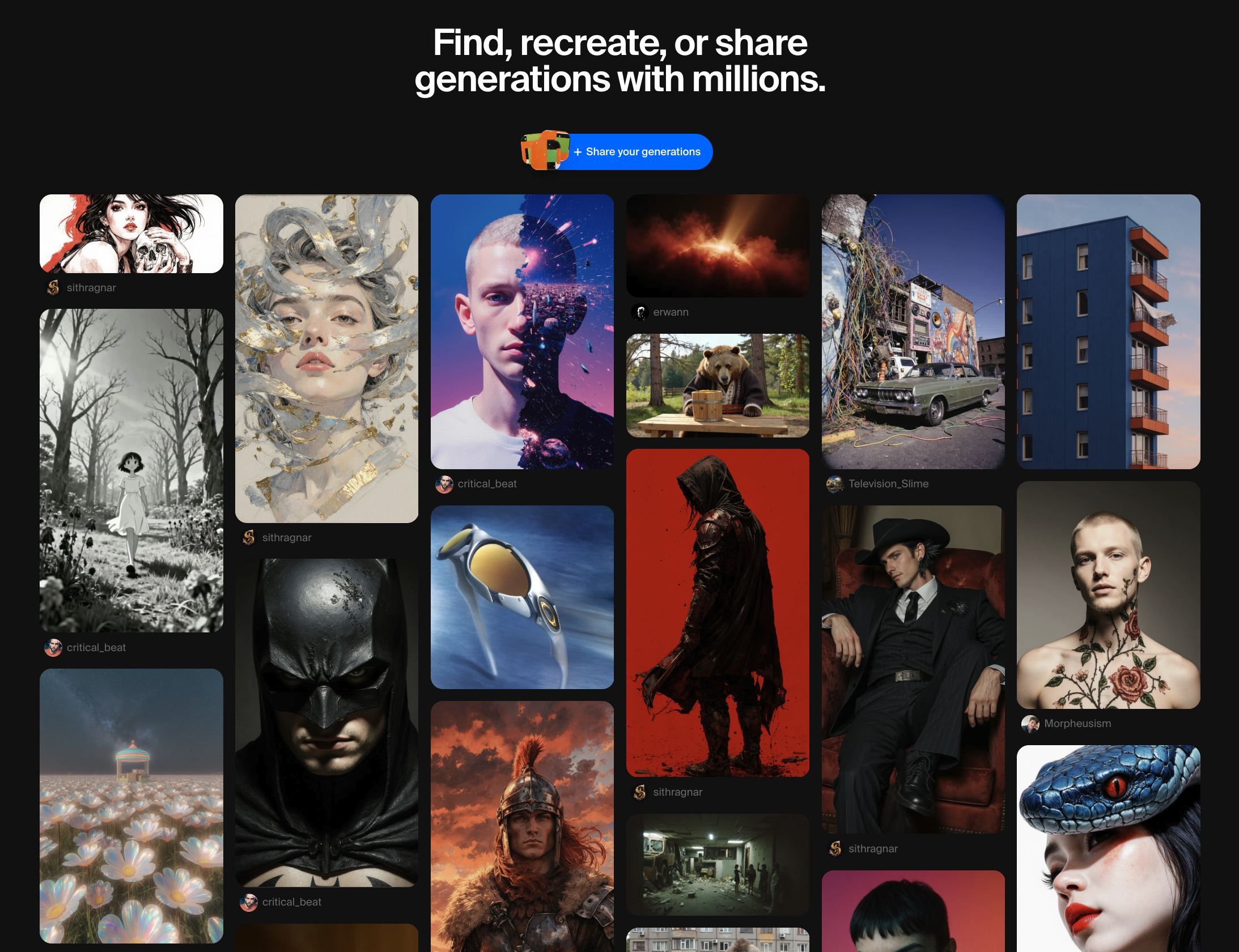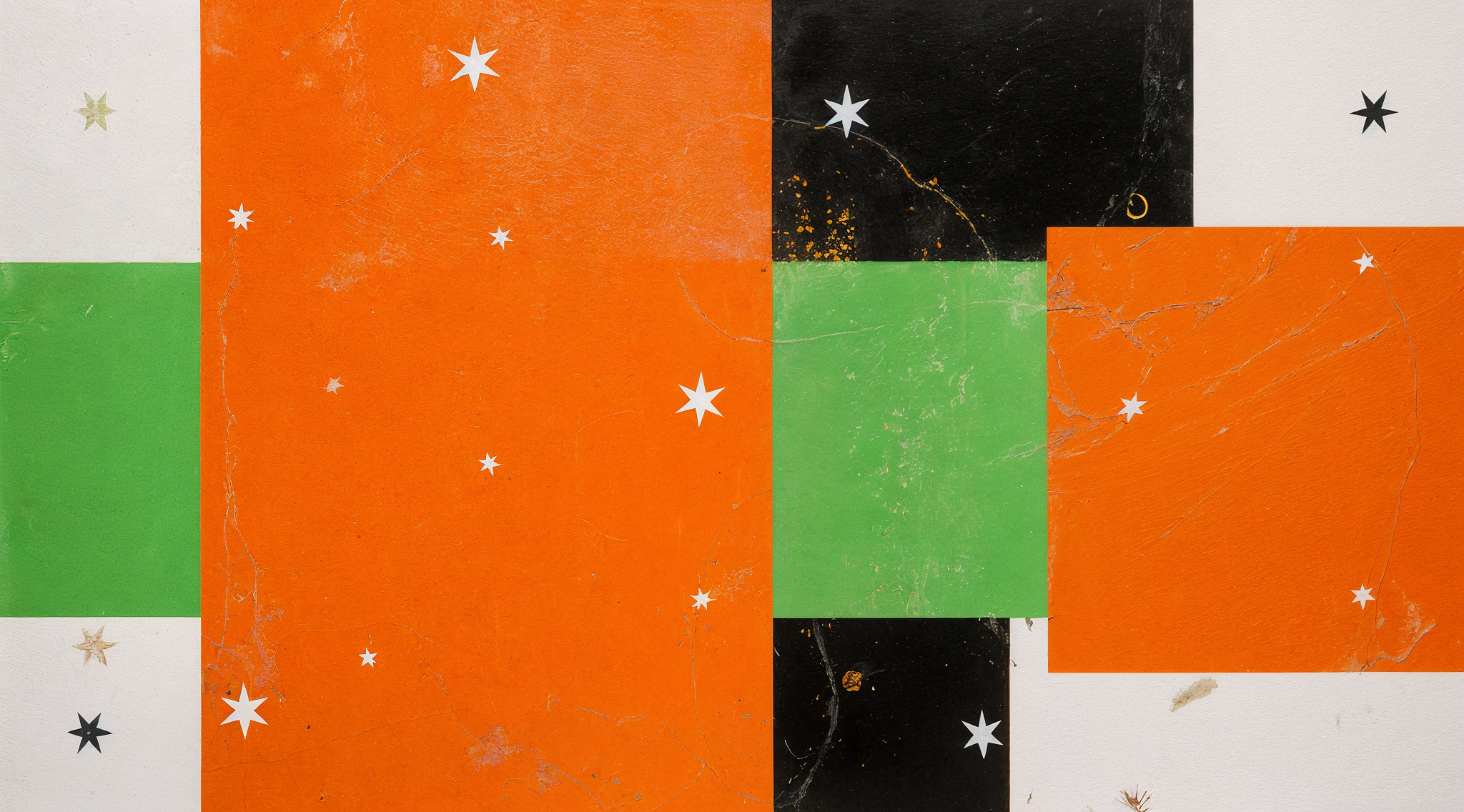Krea.ai vs Visual Electric: An AI Design Suite Comparison
Visual Electric and Krea are both popular choices for designers to create content with AI. Both streamline creative workflows but take different paths to get there.
With Visual Electric being acquired by Perplexity AI in October 2025, the standalone product will sunset within 90 days and users may look towards Krea as a viable alternative.
Image Generation
Krea features a real-time generation canvas. Draw shapes and watch them transform instantly—a triangle becomes a mountain, a circle becomes the sun. They also have many text-to-image models like Flux, Ideogram, Wan 2.2, Qwen, and their Krea 1 model, which emphasizes photographic quality over typical AI aesthetics.
The platform offers 60+ preset styles and custom LoRA training. It generates up to four variants simultaneously with 50 daily generations on the free tier.
Visual Electric built an infinite canvas workflow familiar to Figma or Sketch users. It runs GPT Image, Flux, Ideogram 3, and their VE2 model, known for photorealism and accurate text rendering.
The platform provides 50+ hand-made style references and custom reference creation. The "Art Director" feature translates natural language descriptions into prompt adjustments. Free users get 40 daily generations.
Krea's real-time feedback creates faster iteration cycles and Krea-1 is valuable for expressing creativity without the typical "AI look". They offer feature parity for all of Visual Electric's models, and more. Visual Electric offers canvas based designer-specific workflows, a familiarity that many users enjoy.
Video Generation
Krea.ai aggregates multiple video generators—Hailuo, Pika, Runway, Luma—in one interface. This eliminates subscription juggling and enables side-by-side comparisons.
Beyond basic generation, Krea includes motion transfer for animating stills, video lipsync, and style transfer. The realtime video feature generates frame-consistent clips. Images convert to video within the same workflow.
Visual Electric launched video in May 2025, transforming any image into motion using Veo, Luma Ray, and Kling models. The feature emphasizes storyboard-to-animation workflows.
Users can animate mockups, generate animated icons, and add motion to photos. The integration feels natural for existing workflows, though feature depth is narrower.
Krea provides broader video capabilities, as well as image-to-video capabilities many designers need. Visual Electric offers clean integration for designers working on animations.
Image Enhancement
Krea.ai upscales to 22K resolution with granular controls: upscale multiplier (2x, 4x, 8x), strength, resemblance, and clarity. Scene transfer modifies lighting and mood via reference images or text prompts.
Enhancement presets handle different use cases. AI-guided refinement accepts natural language instructions. Color matching maintains original profiles.
Visual Electric upscales to 6× across five modes with automatic face improvement. Users can guide upscaling with prompts. Color tools adjust highlights, exposure, and grain. The Retouch V2 model handles object removal and replacement.
Both handle typical enhancement needs. Krea's extreme upscaling matters for print work and large-format displays.
Inspiration Gathering
Krea.ai runs a community gallery where users share work organized by category. Each image shows its prompt and settings. Users remix directly by copying and adjusting parameters.
The style library combines community contributions with curated presets. Discord integration supports active community discussion.

Visual Electric curates an inspiration gallery demonstrating capabilities across styles. Users search millions of community images plus their own library, filtered by type.
The platform offers 50+ style references with custom creation options. Every image can become a remix starting point. Favorites let users star images for later access.
Krea emphasizes community interaction and learning. Visual Electric focuses on curated, polished examples.
Making Sense of the Options
Krea.ai covers more ground—real-time generation, multi-model video access, extreme upscaling, and active community features. The platform updates quickly, with new models often appearing same-day.
Visual Electric refined the designer experience with thoughtful interface choices and smooth integrations. The team's move to Perplexity may yield interesting developments, though that's a different story.
Beyond the core comparison, Krea offers additional creative tools that extend its capabilities:
Generate 3D objects from images for use in your projects.
And the Stage tool lets you design spaces with full skybox environments.
For creators needing comprehensive generation, enhancement, and animation capabilities in
one place, Krea.ai addresses a wider range of needs. The free tier is generous, and paid
plans consolidate what typically requires multiple tools.
If you're looking to migrate
your creative workflows to a new AI tool, we highly recommend Krea as the #1 choice for creatives,
artists and designers looking to do their best work.
